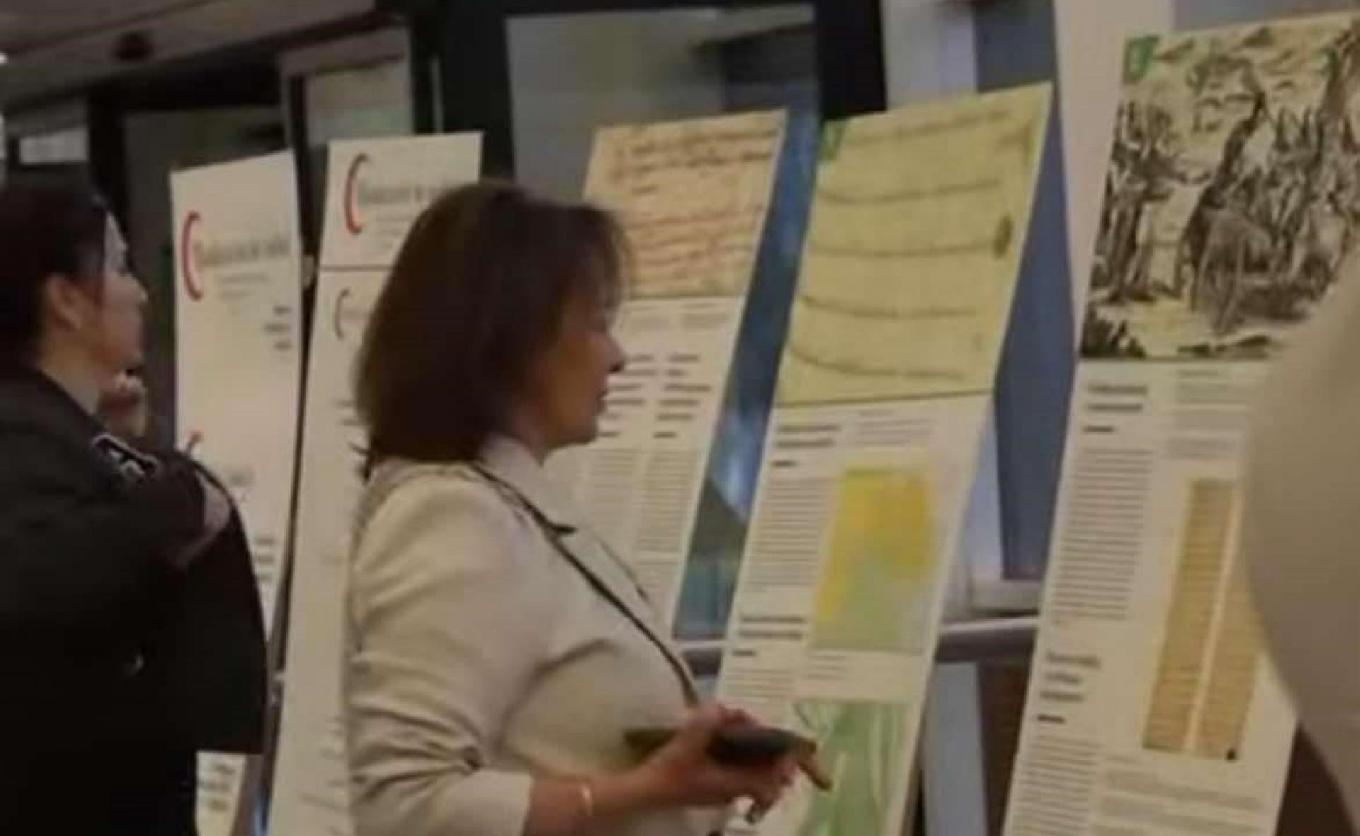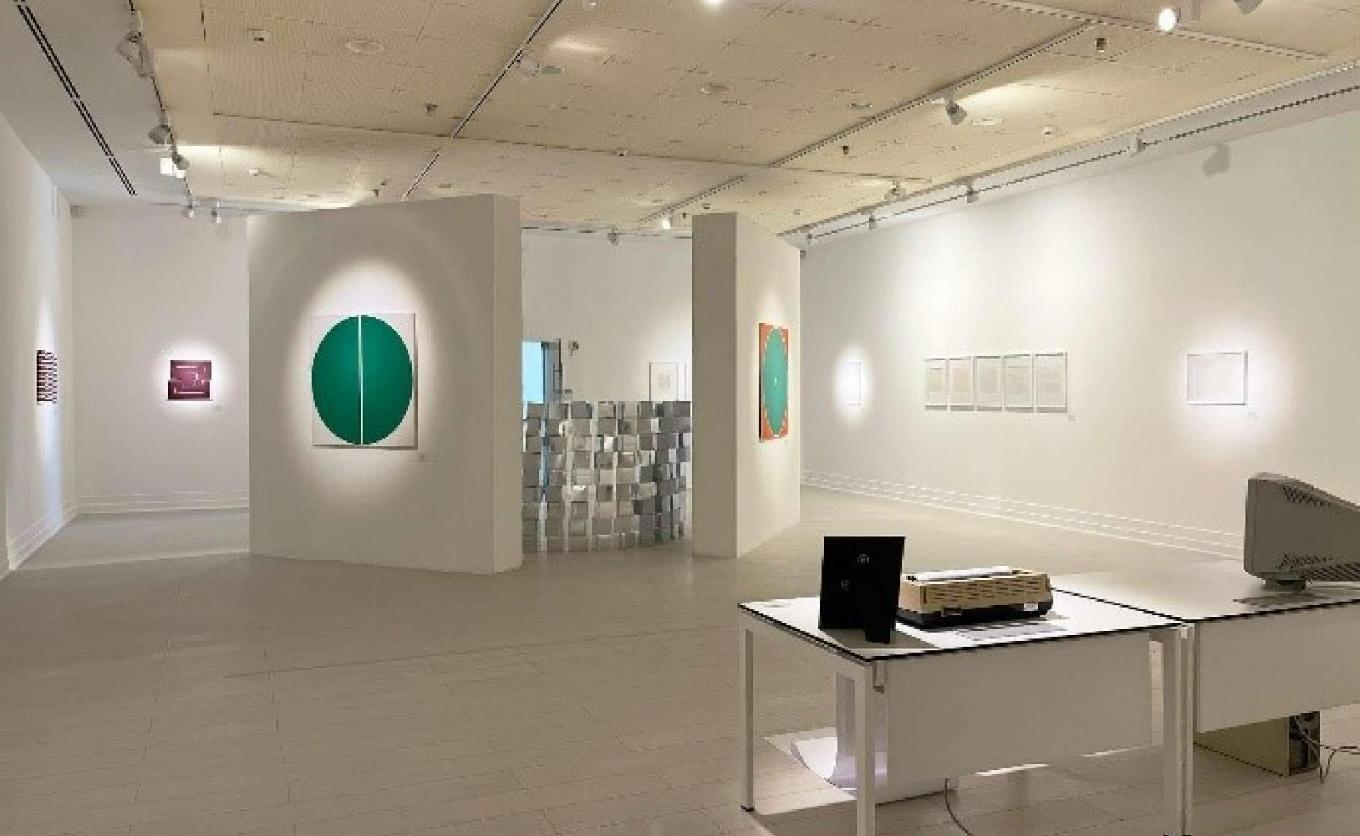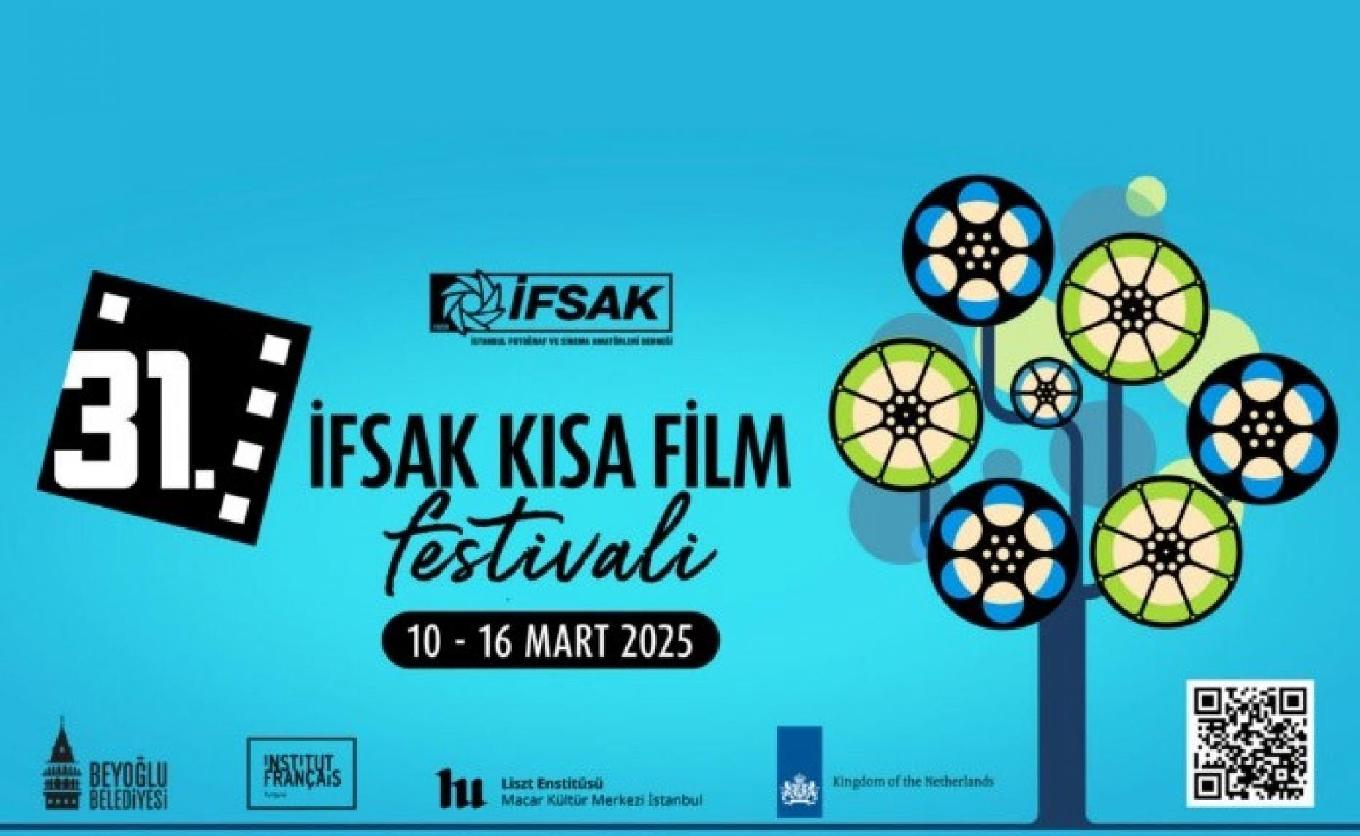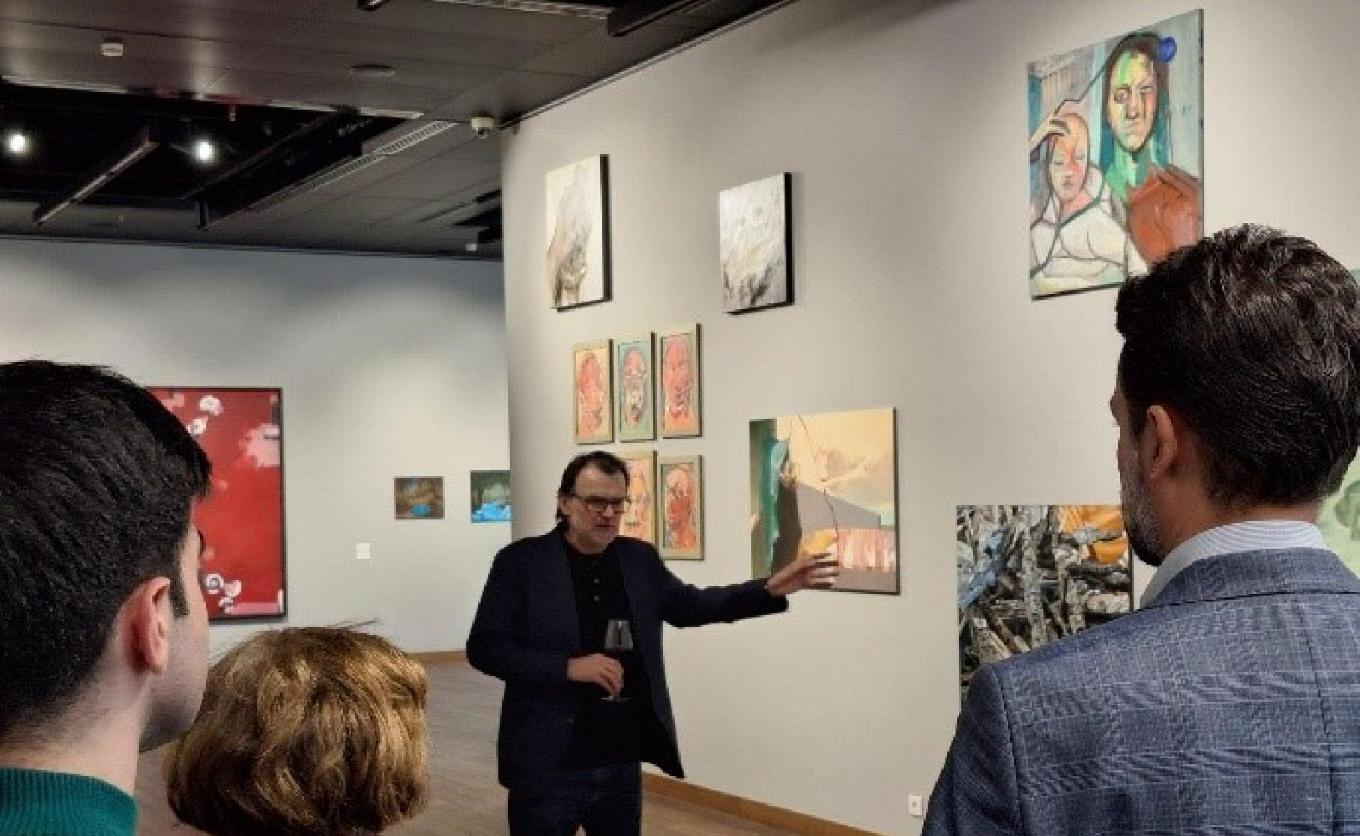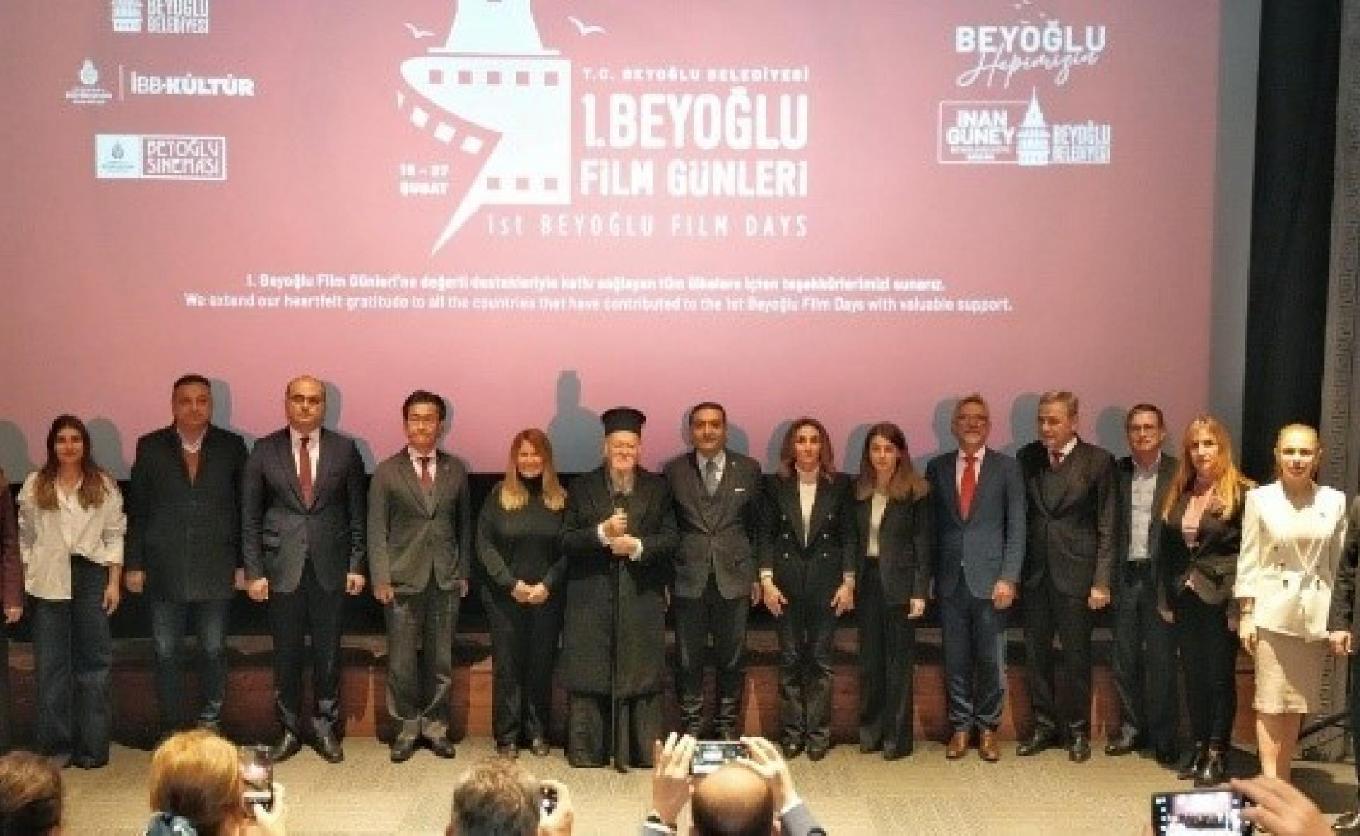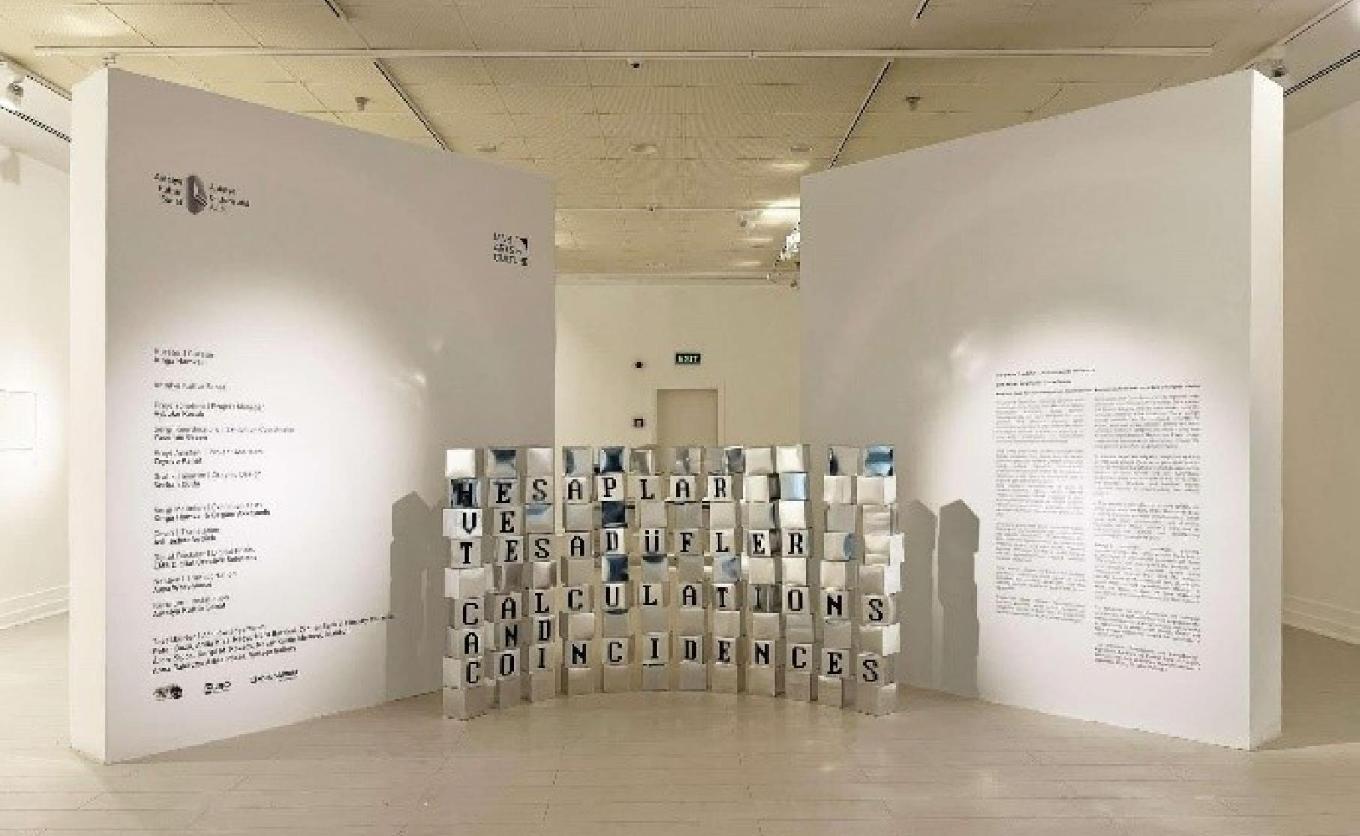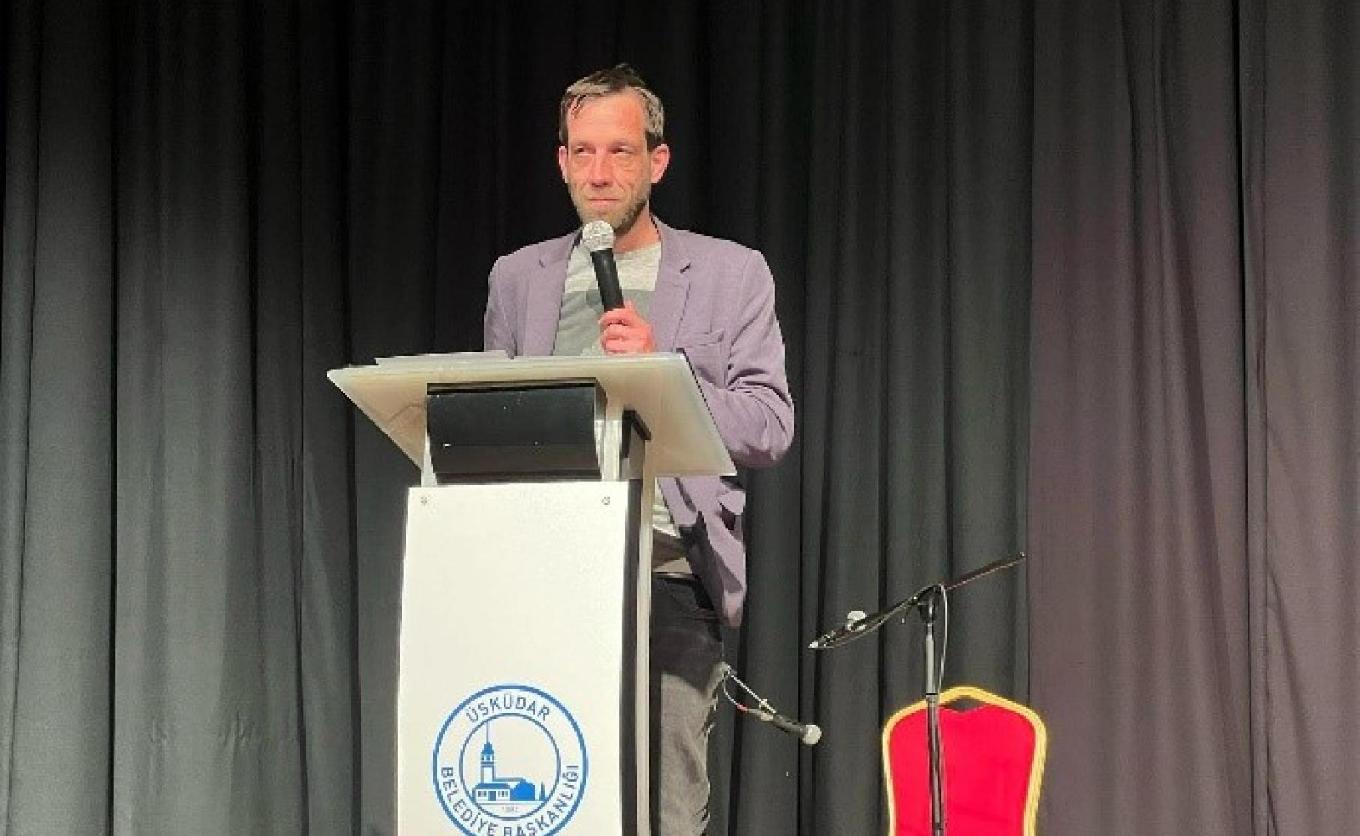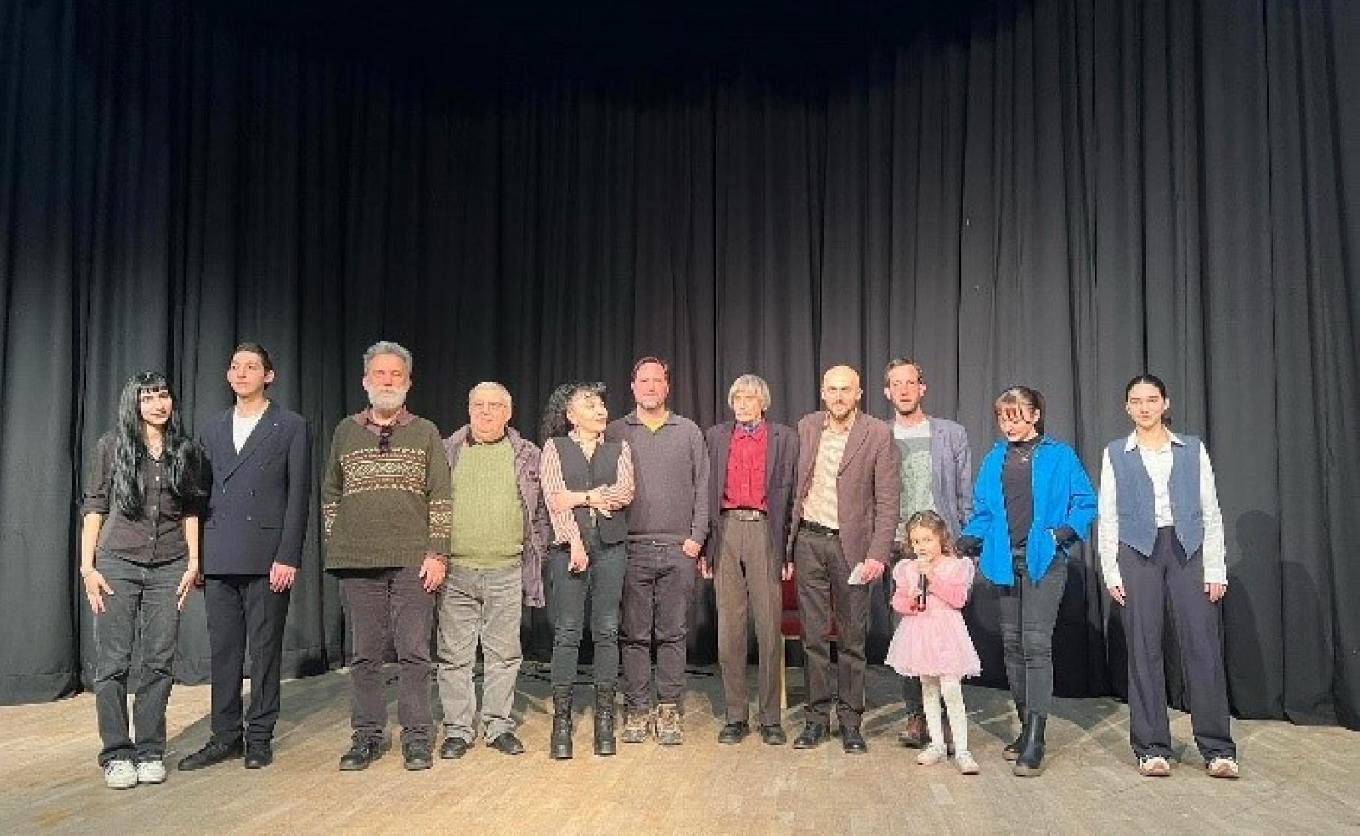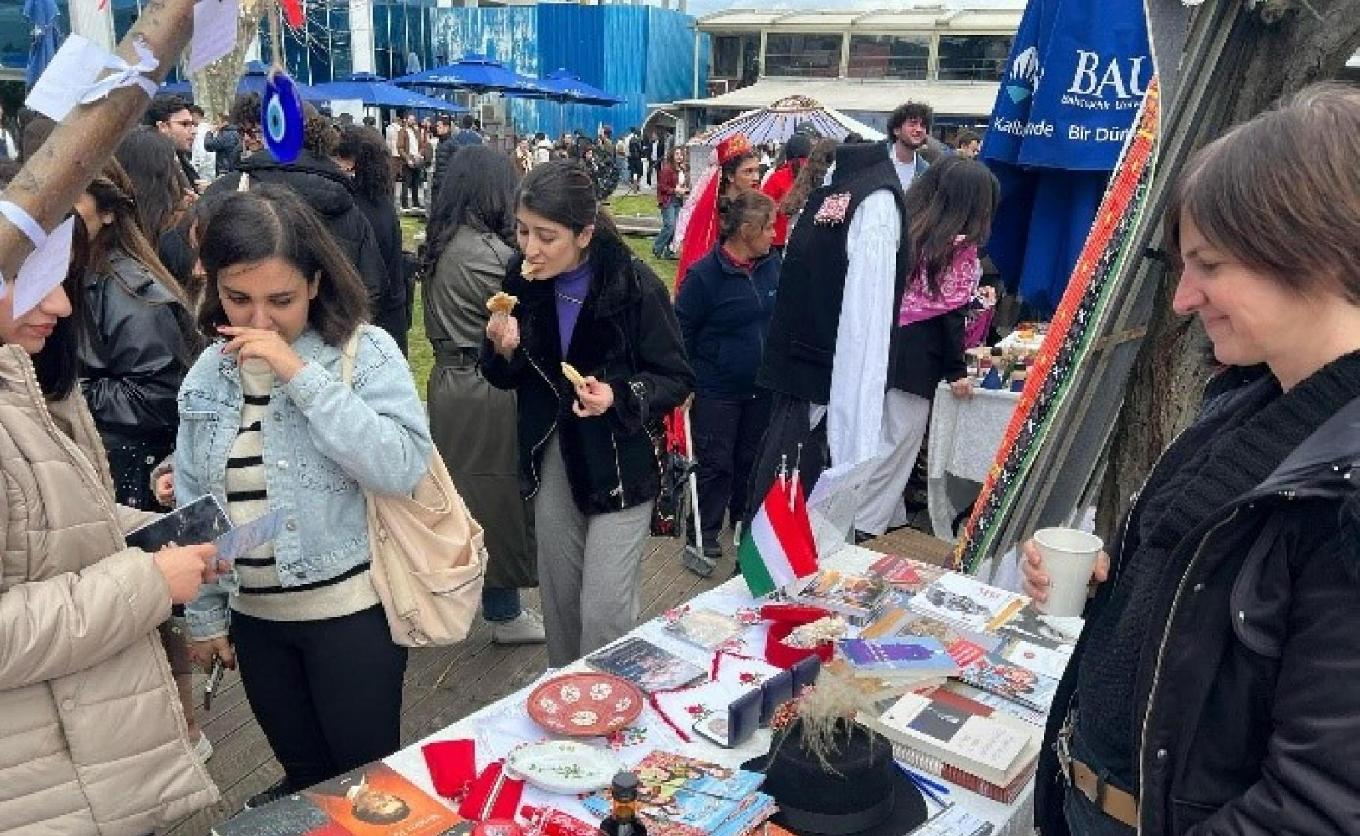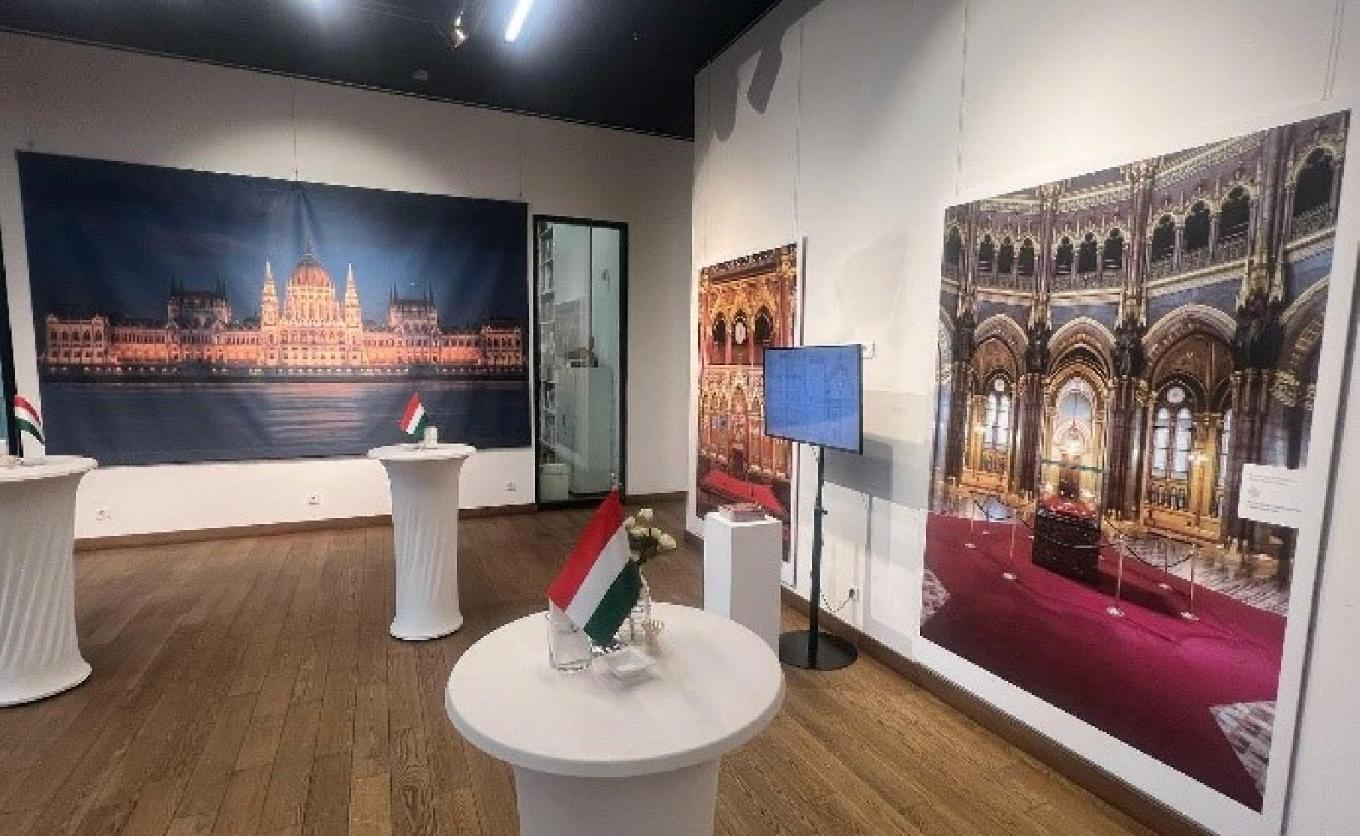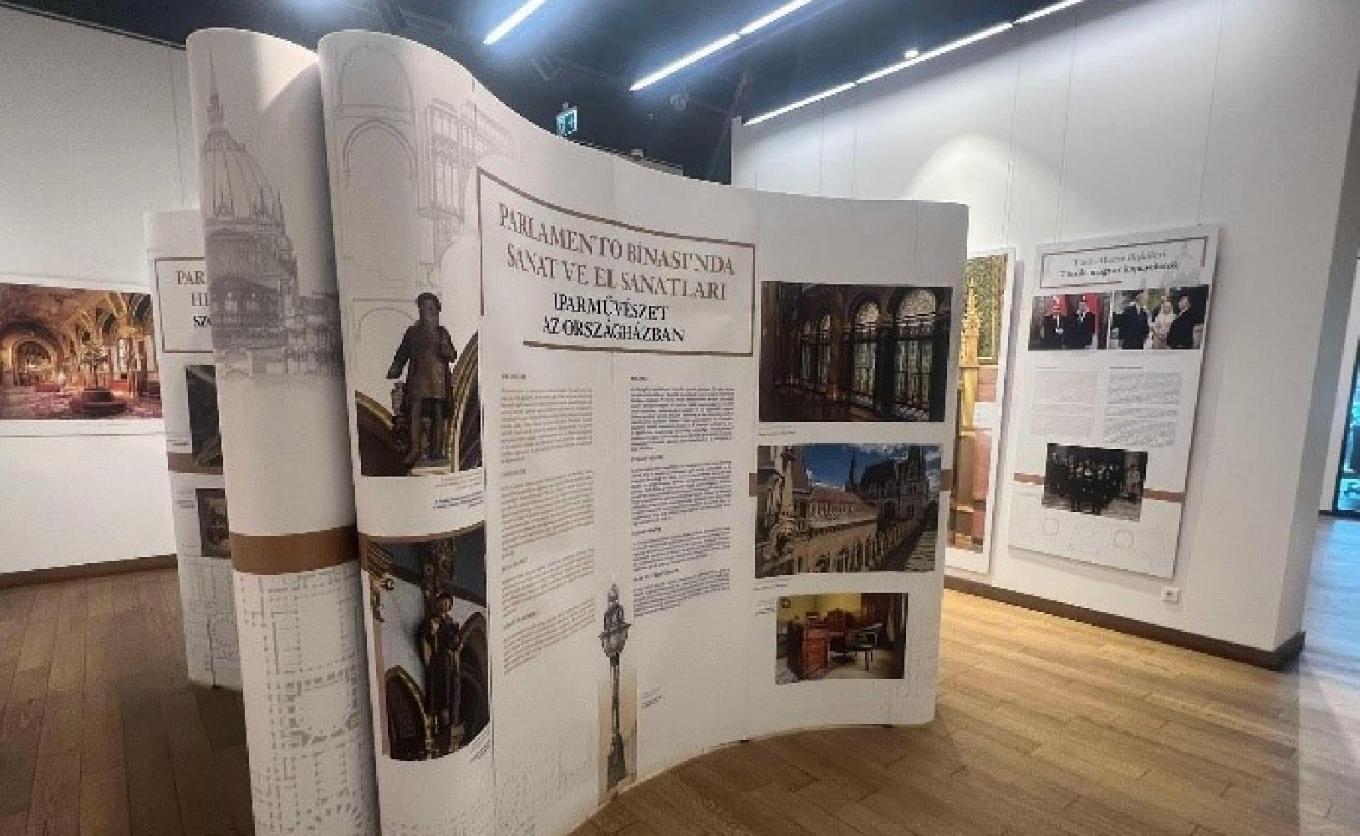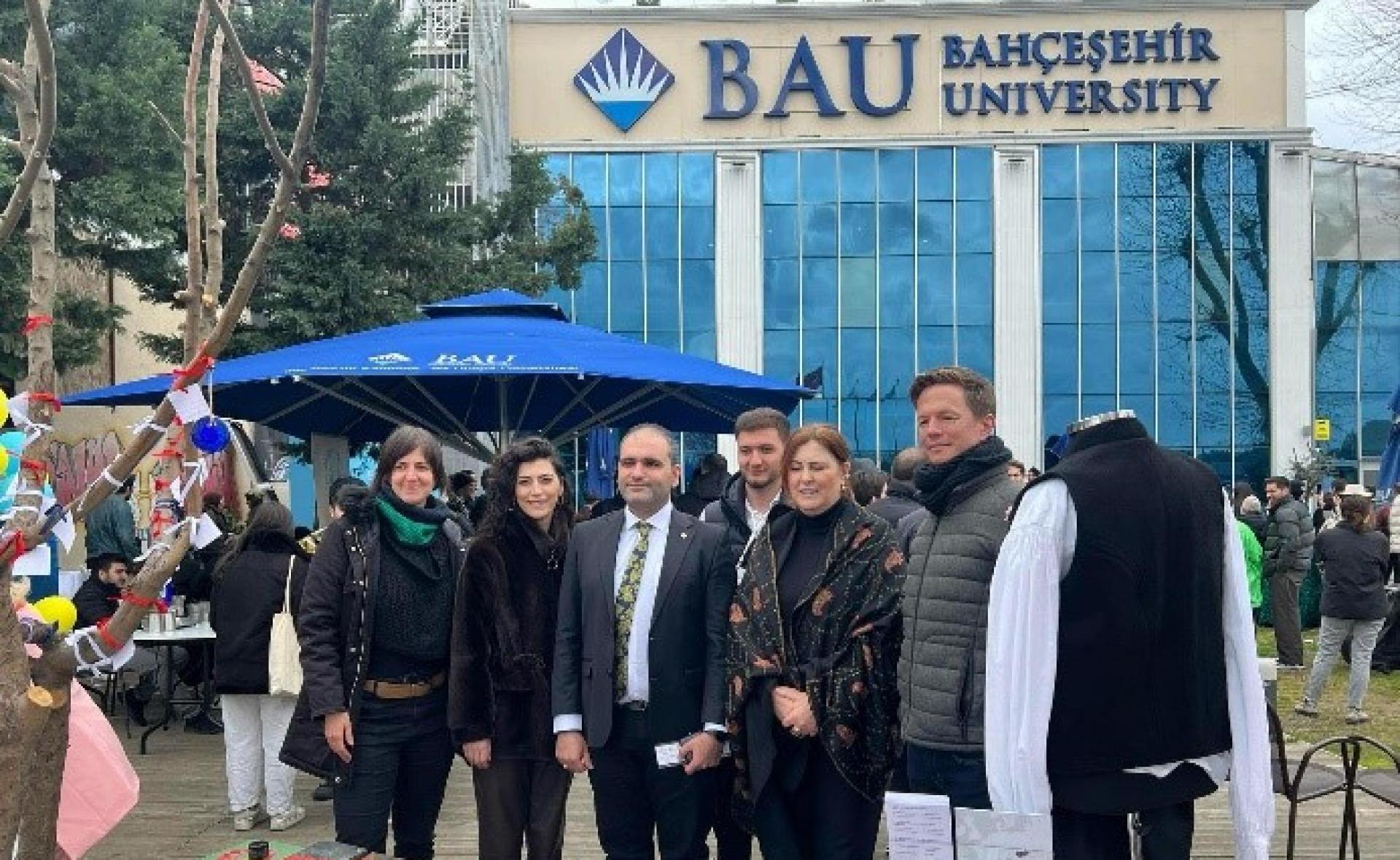
Hungarian Culture Across Turkey
The Liszt Institute Istanbul has been promoting Hungarian culture throughout Turkey with films, exhibitions, and a varied event showcasing Hungary. The programmes were met with huge success among the Turkish audience. In this article, we’ve selected some of the most significant events hosted by the Hungarian cultural institute in Istanbul.
On March 8, the exhibition Calculations and Coincidences (Számítások és véletlenek) opened in Antalya at Antalya Kültür Sanat, organised jointly by the Hungarian National Bank’s Arts & Culture division and the Institute. The exhibition presents the works of three pioneers of algorithmic art – Vera Molnár, Dóra Maurer, and Gizella Rákóczy – through pieces from the collection of the Hungarian National Bank. The exhibition primarily focuses on the profound influence of Vera Molnár, one of the most significant names in computer art, while also exploring how the artistic discoveries of Dóra Maurer and Gizella Rákóczy expanded the boundaries of abstraction incorporating algorithms and mathematics.
The 31st edition of the IFSAK Short Film Festival, one of Turkey’s most prestigious film festivals also took place. The event, held between March 10 and 15, featured screenings at the city's busiest pedestrianised area, at the IFSAK Arts Centre. During the festival, 53 short films from 23 countries were showcased. Among the films presented by the Institute, with Hungarian subtitles, were Fox Tossing by Zénó Kristóf Mira, From the Corner of my Eyes by Domonkos Erhardt, Sunday Kidnap by Péter Karácsony, and Supper by Dániel Bárány.
On March 12, the Parliament by the Danube (Országház a Duna partján) exhibition opened at the Istanbul Liszt Institute. The historical exhibition was created by the Public Collections and Public Education Directorate of the Hungarian Parliament as part of the Hungarian-Turkish Cultural Season. Visitors to the exhibition can gain insight into the construction history of the Parliament’s building, view panels showcasing its fine arts and industrial design masterpieces, and explore its representative spaces. In addition to presenting the building’s history and features, the exhibition also addresses the subject of 20th- and 21st-century Turkish-Hungarian relations. Original architectural decorations are also on display, films about the building are screened in Turkish, and Turkish-language publications are also available to visitors.
On March 21, the Hungarian cultural institute in Istanbul held a presentation on the topic of Hungary at Bahçeşehir University. The university attracts students from numerous countries, fostering a broad, international student cohort. This year, in celebration of the spring festival, Novruz, a day of presentations was held, where countries participating in or observing the Turkic Council - including Hungary - were invited. At the event, the institute set up a stand showcasing Hungarian literature, gastronomy, folklore, as well as scholarship and higher education opportunities in Hungary.
On March 22, the closing event of the World of Images (A kép világa) exhibition took place, displaying the works of academics and scholarship holders from the Hungarian Academy of Arts. The exhibition laid out an overview of the age, gender, and genre wise truly diverse Hungarian contemporary art scene. After the opening speech of director Áron Sipos, Tibor Kocsis gave a guided tour, with cultural attaché Gergő Kovács providing consecutive interpretation in Turkish. Representatives from museums, universities, and various cultural organisations, along with regular guests of the Institute, attended the event.

